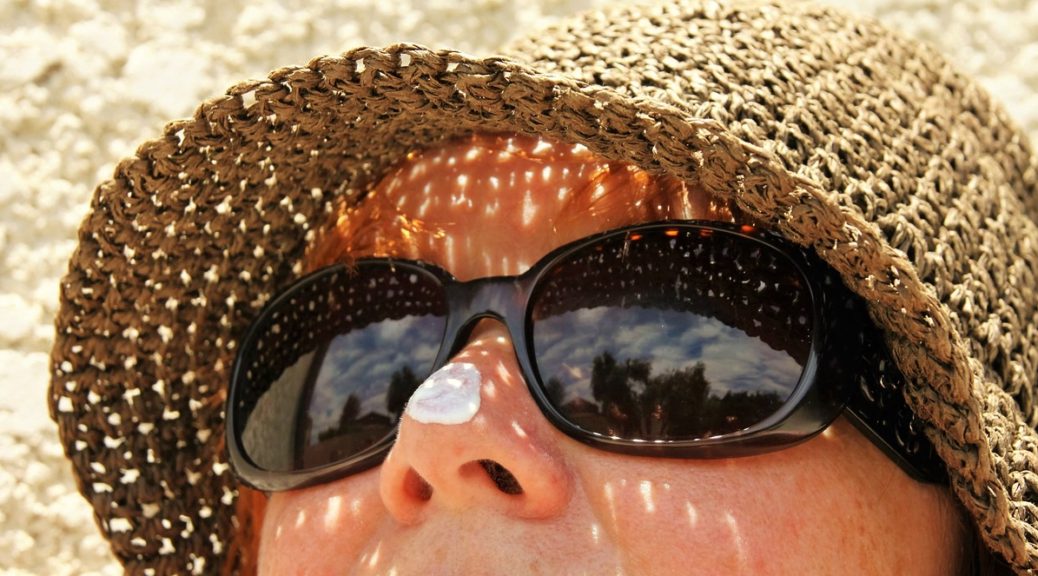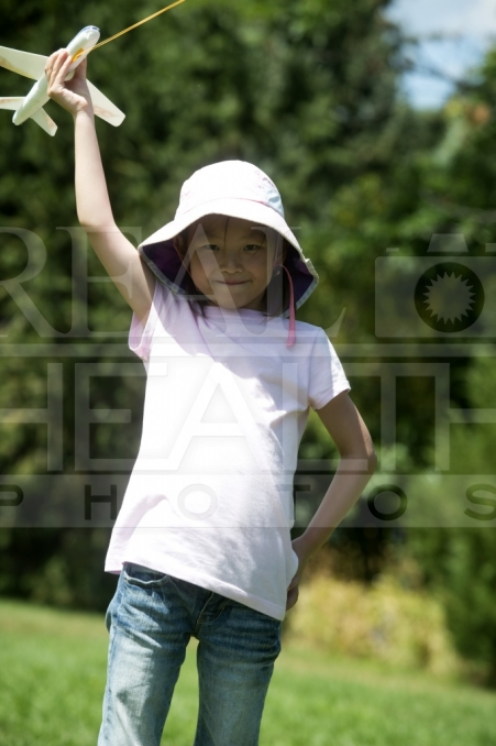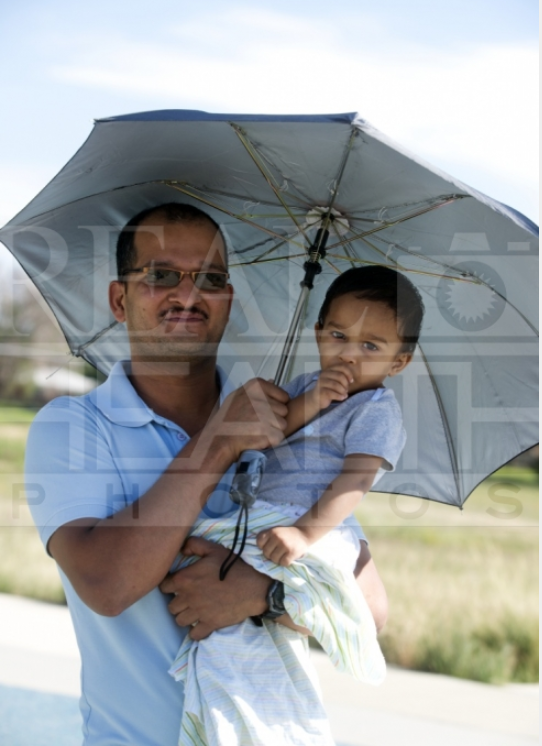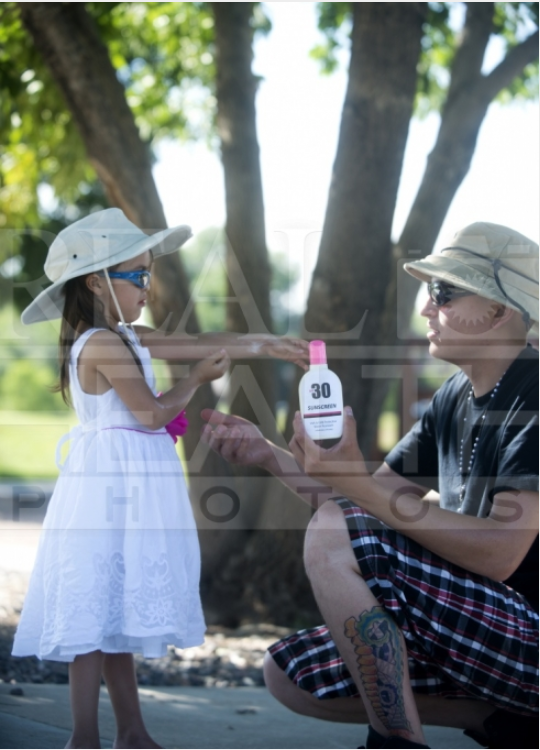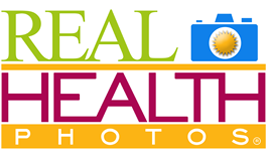6th International Conference on UV and Skin Cancer Prevention: Presentations
Klein Buendel research investigators and staff gave three oral presentations on their skin cancer prevention research at the 6th International Conference on UV and Skin Cancer Prevention in Brisbane, Queensland, Australia, September 10-13, 2024.
Presentation 1
Title: Comparison of Two Scalability Methods for Nationwide Dissemination of an Occupational Sun Protection Intervention in a Randomized Trial
Presenter: David Buller, PhD
Authors: David Buller, PhD; Julia Berteletti, MSW; Mary Buller, MA; Kimberly Henry, PhD; Richard Meenan, PhD; Gary Cutter, PhD; Alishia Kinsey, BA; Irene Adjei, BS; Noah Chirico, MPH

The promise of sun protection interventions relies on successfully disseminating them to new populations and settings with sufficient fidelity to be effective. Two methods for disseminating our evidence-based occupational sun protection intervention, Go Sun Smart at Work, were evaluated. One hundred thirty-eight (138) regional districts from 21 state Departments of Transportation throughout the United States were randomized to two scalability methods in a randomized pretest-posttest two-group design. The in-person scalability method included in-person visits to the workplaces to meet with managers and deliver training to employees. The digital scalability method utilized low-cost virtual communication with managers and video training for employees. At posttest, 255 managers reported their program implementation actions while 1387 employees reported receipt of sun safety training/communication and protection practices. Nearly all managers reported implementing training, communication, and sun protection actions, but implementation did not differ by scalability method. However, more employees reported sun protection training and communication from in-person than digital scalability method. Employee sun protection practices were unrelated to scalability method. Both scalability strategies motivated managers to implement sun safety training and communication, and more than other sun safety actions, possibly because training/communication fit into existing safety training processes and communication channels and required few resources. In-person training is preferred by many workers and technological barriers may have interfered with digital training delivery. Restrictions placed on the workplaces due to the COVID-19 pandemic interfered with scalability, possibly biasing the result towards the null. This research was funded by a grant from the National Cancer Institute (CA210259; David Buller, Principal Investigator).
Presentation 2
Title: The Development of the GSSW SmartBot: A Virtual Guide for Occupational Sun Safety Implementation
Presenter: Mary Buller, MA
Authors: Mary Buller, MA; Barbara Walkosz, PhD; David Buller, PhD; Julia Berteletti, MSW; Brandon Herbeck, B; Irene Adjei, BS; Robert Martin; Steven Fullmer, BFA

Outdoor workers are exposed to an extreme amount of solar ultraviolet radiation, making them highly vulnerable to skin cancer and heat illness. Increasing disparities in skin cancer survival and heat mortality in Black and Hispanic Americans, who are overrepresented in the outdoor workforce in the United States, highlight the need for inclusive and comprehensive sun safety education. Informed by systematic literature reviews and interviews with employees and managers, Go Sun Smart at Work (GSSW), an evidence-based skin cancer prevention program, was adapted to include enhanced messaging for people of color and to combine skin cancer and heat illness prevention. An online format was used, in response to the COVID-19 pandemic, to make sun safety implementation accessible, flexible, and simple for employers. A custom intelligent system, the SmartBot, guides employers (for example, safety managers) through three program components: policy, training, and implementation. It asks users questions about their organization and uses an enhanced version of the GravityForms survey engine to identify and tailor sun safety resources based on their responses. As users progress through the SmartBot, they collect resources from a library of sun safety content (Resource Hub). Built with the WordPress Content Management System, the Resource Hub includes informational videos, posters, fact sheets, a 45-minute training with quizzes, and sample safety policies. Users can return to their Resource Hub to retrieve resources or quickly search and filter all the resources in the system. The SmartBot’s impact on employee sun protection will be tested with 20 employers in a randomized field trial. This research was supported by a grant from the National Cancer Institute (CA257778; Mary Buller, Principal Investigator).
Presentation 3
Title: Bills to Restrict Access to Indoor Tanning Facilities in U.S. State Legislatures, 1991-2023
Presenter: David Buller, PhD
Authors: David Buller, PhD; Julia Berteletti, MSW; Carolyn Heckman, PhD; Kevin Schroth, JD; Alan Geller, RN; Jerod Stapleton, PhD; Irene Adjei, BS; Anna Mitarotondo, BA; Samantha Guild, JD; Jeffrey Gershenwald, MD; Donna Regen, BA

In the United States, indoor tanning facilities are regulated by state legislation and U.S. Food and Drug Administration. State laws with more stringent age restrictions are associated with less indoor tanning by youth. Legislative bills on indoor tanning introduced in states, the District of Columbia (DC), and Puerto Rico were collected and coded for age restrictions, parental involvement, warnings, operator requirements, and enforcement. Overall, 184 bills were introduced in 49 of 50 states and DC between 1991 and 2023, mostly after 2008. Overall, 56 bills were passed and enacted in 47 states and DC, and 126 bills failed. The first bill banning minors under age 18 from indoor tanning facilities was enacted in 2012, with an under-18 ban currently enacted in 22 states and DC. Age restrictions at other younger ages (14-17.5 years) were enacted in 10 other states. In many states, it took several years and proposed bills before a law was passed, with proposed bills typically becoming more stringent over time and enacted bills being more stringent than failed bills. However, warnings, operator requirements, and enforcement provisions were classified as weak in most bills. Association of political party of both bill sponsor and legislative majority with age restrictions and bill enactment were presented. Bills restricting indoor tanning facilities, including those restricting minors under age 18, have garnered support across the U.S. political spectrum. Findings can inform advocates and legislators on ways to increase stringency of indoor tanning laws that can contribute to decreasing rates of melanoma in young adults. This research was supported by a grant from the National Cancer Institute (CA244370; Carolyn Heckman and David Buller, Multiple Principal Investigators).











